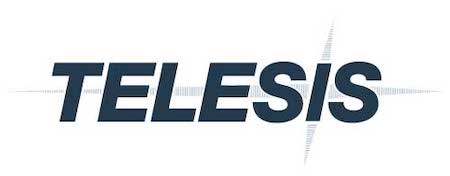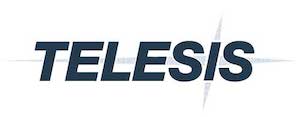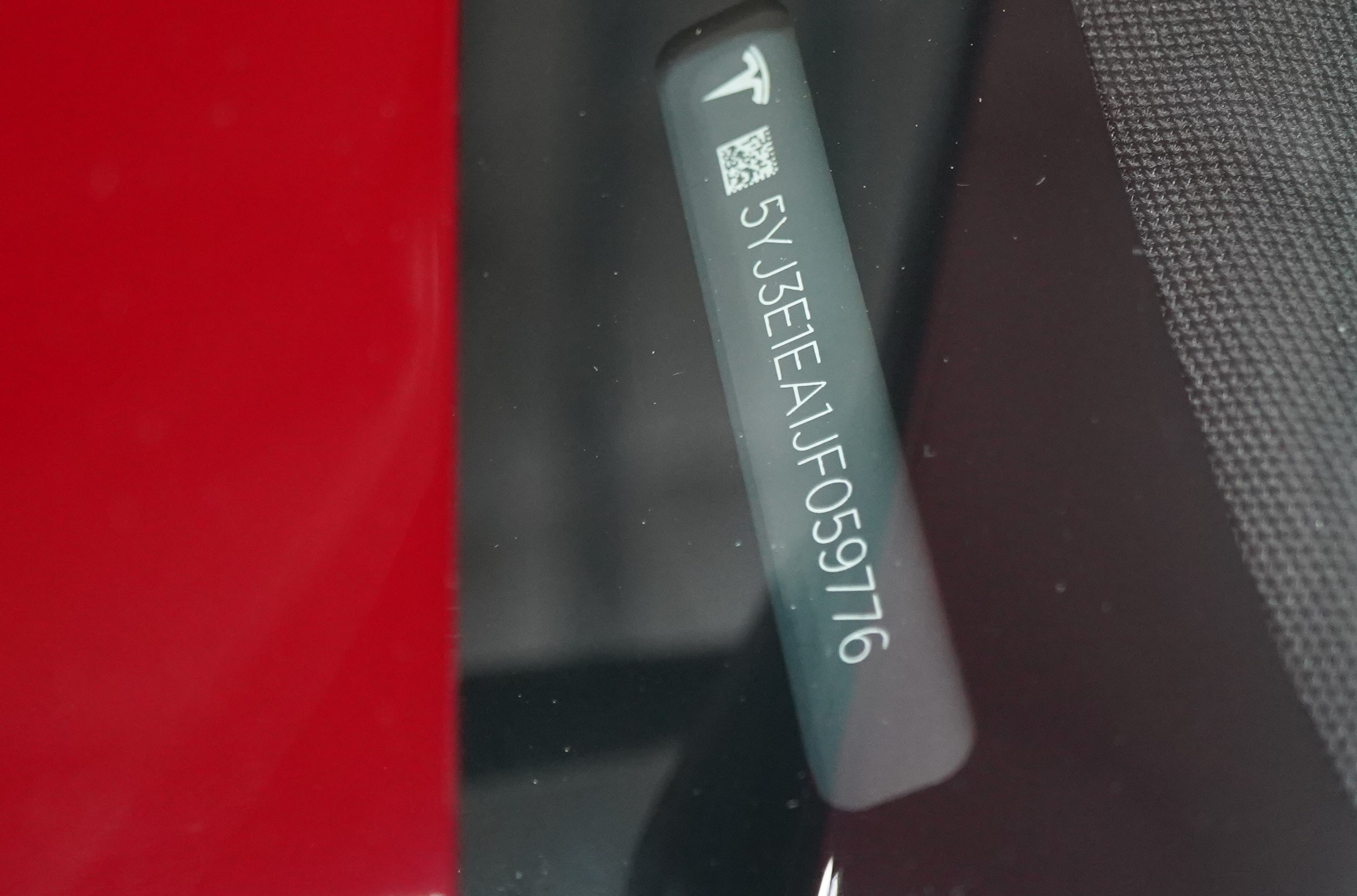
20 Mar Options for permanently marking VIN (Vehicle Identification Numbers)
WHAT IS THE VIN NUMBER?

On every vehicle produced, there are unique identifying marks that allow for tracking and quality control. One of the most important marks is the VIN. This number can tell you a lot about the car. The number tells you the country of origin, the manufacturer, the type of car, the body style, the model year, the plant that it was manufactured in and the serial number. The VIN is typically seen on a plate on the driver’s side dash board. However, the VIN is also used throughout the vehicle. These marks are placed on the firewall, doors, engine, quarter panels, steering column, and frame. These marks must be permanent, readable, and quickly applied.
The VIN not only identifies the vehicle but prevents theft and allows for tracking the history of the car. Using the VIN, insurance companies report accidents, manufactures issue recalls, consumers look up data on the car, and dealers pull registration and warranty information that will follow that VIN for the life of the vehicle.
While VINs have been utilized since 1954, 1981 the National Highway Traffic Safety Administration required all motor vehicles including trailers, mopeds, and motorcycles to have VINs permanently attached to the vehicle. These are also required to follow the same format of 17 characters so that there was consistency across all motor vehicles.
MARKING VINs WITH DOT PEEN

There are many different ways to mark these VIN numbers. Traditionally, they are done with a dot peen marker. These markers use a pin and some form of hammer drive such as an air or electric solenoid. The pins put down a series of dots creating characters. The information is sent to the markers from an automated system that give the information to the marker for marking. Telesis’ wide array of PINSTAMP dot peen markers offers many different ways to mark VINs on vehicles, including stationary, hand-held, and robotic-capable models. Additionally, the proprietary Floating Pin Technology allows Telesis equipment to make the highest quality VIN mark in the industry.
MARKING VINs WITH SCRIBE
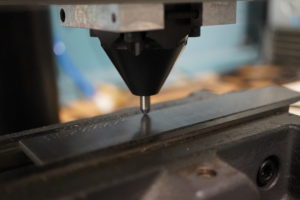
Scribe marking is another process that is typically used. A scribe marker can mark with a very high quality deep mark. These marks are done with a marker that drags a pin to scribe a mark. Because the markers are scribing the mark instead of placing individual dots, these marks are quieter and don’t require hearing protection in the production facility. Telesis offers a Telescribe marker specifically designed for the application of deep, long marks.
MARKING VINs WITH LASERS
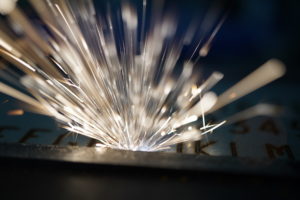 Some manufactures choose to use lasers to mark their parts. Lasers can produce marks at impressive speeds and the material hardness is not a factor in the markers ability to mark. Because the laser is using light to do the marking, there is also no need to clamp the part and they can reach areas that may be impossible with a pin marker. Lasers also allow for logos and graphics. With all the different types of lasers the manufacturer can mark on almost any surface including cast aluminum, hardened steel, titanium, and plastics. The Telesis Fiber Laser Marking System is available in 30, 50, and 100-Watt models and is perfectly suited for this type of application. Additionally, our patented dual-head laser system can combine two 100-Watt Laser Marking Systems to make marks twice as fast using one controller.
Some manufactures choose to use lasers to mark their parts. Lasers can produce marks at impressive speeds and the material hardness is not a factor in the markers ability to mark. Because the laser is using light to do the marking, there is also no need to clamp the part and they can reach areas that may be impossible with a pin marker. Lasers also allow for logos and graphics. With all the different types of lasers the manufacturer can mark on almost any surface including cast aluminum, hardened steel, titanium, and plastics. The Telesis Fiber Laser Marking System is available in 30, 50, and 100-Watt models and is perfectly suited for this type of application. Additionally, our patented dual-head laser system can combine two 100-Watt Laser Marking Systems to make marks twice as fast using one controller.
Discuss your part marking needs with an expert today // Download the Telesis Product Guide
